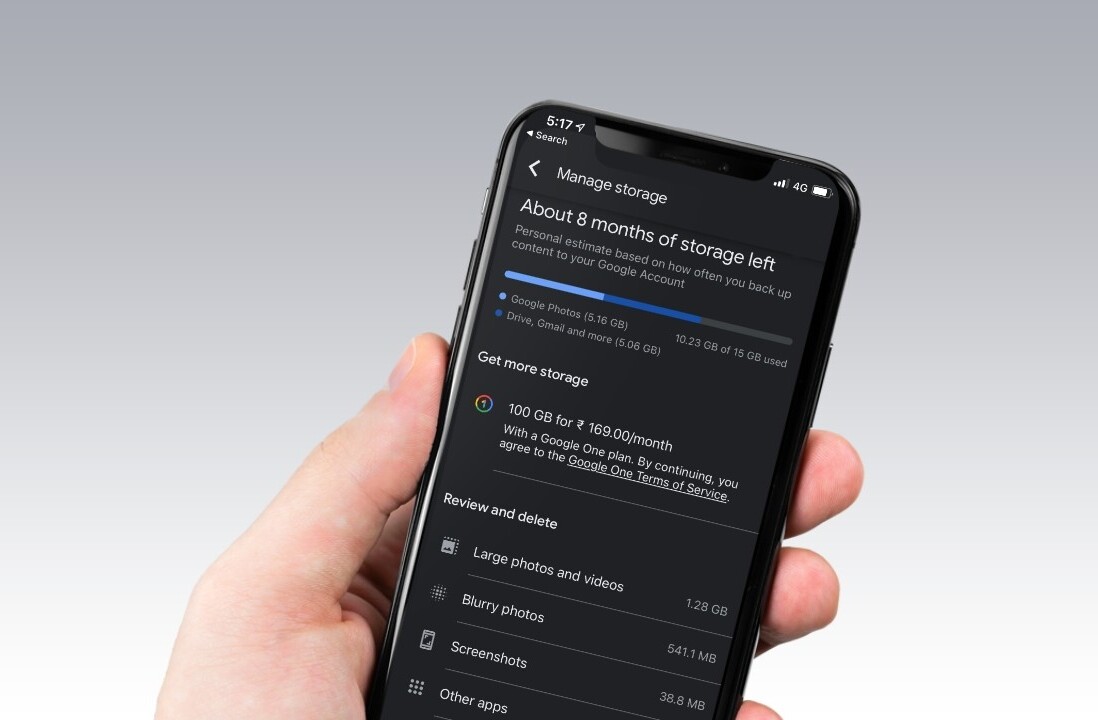
On 4th October 2021, millions of unsuspecting online users were surprised when a sudden internet blackout shut Facebook, Instagram, Messenger, and Whatsapp down. The six-hour outage left many people without access to these platforms, which have cemented their place as the everyday cornerstones of modern communication.
The significant outage lost Facebook billions on the stock market and made businesses that run on their platforms vulnerable to losses. Facebook’s data center issue shook the world, and a smaller Instagram outage a few days later highlighted how vulnerable we are to any disruption in our connectivity. And this isn’t the first time.
Who could forget Fastly’s outage earlier this year that affected sites including Reddit, eBay, and The New York Times? Similarly, AWS Frankfurt experienced a major outage that took servers down when employees could not resolve the issue due to environmental problems preventing access to the data center.
With 96% of companies depending on the cloud, digital platforms going down is a real and present threat. As companies revisit their crisis plans to avoid similar calamities in the future, the question is: what does a smart cloud strategy look like for companies today?
While not too long ago, everyone was talking about moving to the cloud, now we’re waking up to the fact that simply putting our data out there isn’t enough. A well-developed cloud strategy could save your business aches, pains, and even potential shutdowns.
Configuring a cloud strategy
The majority of businesses on the cloud are using public services provided by giants like AWS. The benefit here is that companies can easily store their data in warehouses without needing the large budget and staff that housing the data themselves would require.
There can also be substantial discounts available to a company investing heavily with a single provider due to economies of scale. However, these discounts can often come with a vendor lock-in, making it contractually impossible or more expensive to switch or access other cloud providers. For example, some cloud providers offer startups free cloud credits at first, then lock them into paid plans later on.
And, as exemplified by the Fastly outage, depending on a sole external cloud provider can have disastrous consequences if an outage occurs. The same goes for data leaks and cybersecurity threats; storing all of your data in one place makes it more vulnerable to attacks.
Vendor lock-in also limits the amount of data sovereignty your organization can maintain. For example, with many larger cloud services based in the US or Asia, only a small portion of European data is actually stored in the EU. This could above all mean that your data is vulnerable and potentially visible by non-European authorities, due to extraterritorial legislation like the US Cloud Act. With 36% of EU based companies now using cloud computing, this could become a bigger issue in the coming years.
Finally, it also means less flexibility to take advantage of alternative configurations and possibilities that could work better for other parts of your business. For example, your accounting team’s data needs may be very different from what you need to properly store your client data.
Pros and cons of having one sole provider:
- Easy to move to an existing service
- Discounts may be available
- Possible vendor lock-in
- Vulnerable to outages and security leaks
- Less flexibility and data sovereignty
Configuring a multi-cloud strategy
Instead of relying on one provider, many are creating multi-cloud environments across multiple vendors. According to a study by Accenture, out of enterprises that have already moved to the cloud, 93% have adopted a multi-cloud strategy.
Going multi-cloud also offers flexibility by enabling companies to optimize workloads according to different providers’ capacity, performance, location, environmental efficiency and costs. With other USPs provided by various vendors, companies have the luxury of selecting the best aspects of each provider.
A multi-cloud strategy also enables companies to avoid lock-ins with a sole provider, giving them the ultimate choice and flexibility in their cloud infrastructure. For example, this means you can also choose between multiple payment models (hourly, monthly, yearly) and multiple resource types (virtual, baremetal, homegrown).
Of course, as with any plan, there are some drawbacks to consider. One is that you really need to do a lot of initial research to choose which cloud providers can offer what you need to build a cloud strategy that meets your company’s needs.
Diversifying cloud platforms may also require internal staff to manage your cloud strategy, adding to operating costs. Providing the needed security measures for a multi-cloud setup is another vital requirement and adds a layer of complexity.
Pros and cons of building a multi-cloud strategy:
- Less vulnerability to shutdowns and attacks
- Less prone to geopolitical risks when the cloud mix is diverse/international
- More flexibility and options in building your cloud strategy
- Lower operational costs when adopting a pick and choose strategy
- Higher contract and operational costs unless the architecture is multi-cloud by design
- Need to develop a strong security strategy
What to consider when pursuing a multi-cloud setup
Even with a reliable cloud provider at hand, one bad downtime situation is all it takes to ruin a priceless reputation. At the same time, working with multiple cloud platforms can also increase the complexity and workload associated with cloud configurations, so balancing the benefits with the drawbacks of multi-cloud environments is essential. With those factors in mind, there are several steps to consider when deciding on a multi-cloud strategy.
Identify how and why a multi-cloud would benefit your organization. A clear understanding of its usefulness in your context will help to shape your strategy and deployment. Ask yourself the following questions:
- Are you using a multi-cloud setup for dynamic provisioning in the event of an outage or heavy usage demands?
- Could this approach save or make more money?
- What operational steps are necessary to make multi-cloud viable in your organization?
The answers to these questions will differ in each instance but are vital in illuminating the processes moving forward.
Steps to set-up a multi-cloud strategy
Let’s say you’ve decided going multi-cloud is the right move for your organization. How can you get there?
1. Identify all the different cloud vendors and contracts tied to your company
Firstly, getting the big picture of your various cloud configurations is essential because it will help you understand the state of your organization and define how you want cloud operations to evolve onwards.
2. Determine which services you would like to integrate or stop
Once you’ve got a picture of the state of the cloud in your company, the second step is to determine which services you’d like to integrate or stop altogether. Are there opportunities to combine different services that would optimize performance or lower operating costs? Approaching the situation with a strategic lens will tease out your roadmap.
Multi-cloud enabling products could help you make that move without damaging the integrity of your current setup. Products like multi-cloud load balancers can help manage online traffic with third-party integrations and guarantee more server availability in the case of debilitating cyberattacks. Mapping out your multi-cloud plans will help you figure out where these sorts of products fit into your organization.
3. Build and develop a team with multi-cloud management capabilities
Thirdly, building a team that can manage the multi-cloud configuration is essential. Using different cloud operators can increase the complexity of an organization’s cloud setup, so having a skilled and collaborative team to oversee the architecture and operation of the cloud setup is necessary to instate and evolve your multi-cloud mission.
4. Create cloud governance procedures in tandem with cloud management tools
Finally, cloud management is a defining aspect of the multi-cloud approach. Assessing how you’ll handle integrations and accessing a vendor‘s APIs across multiple providers without incompatibility issues should be explored ahead of long-term implementation. If you can figure out how your separate deployments will work in tandem, this will help make your multi-cloud setup less complicated.
With such a variety of cloud vendors available today, a multi-cloud or hybrid approach is fast becoming one of the trusted cloud strategies. As more companies consider how to maintain a constant online presence, really taking the time to build out a clear cloud strategy can give companies and users peace of mind during an otherwise unpredictable situation.
Get the TNW newsletter
Get the most important tech news in your inbox each week.
Scaleway, leading alternative European cloud provider (IaaS and PaaS), caters to the global market with an essential mix of cloud computing resources that is flexible, cost effective, reliable, secure and sustainably-powered. Multi cloud is also key to Scaleway's DNA, as demonstrated by its latest product, Kosmos, which allows for Kubernetes technology to be deployed across clouds from multiple providers.






